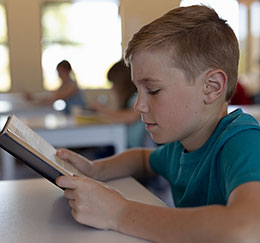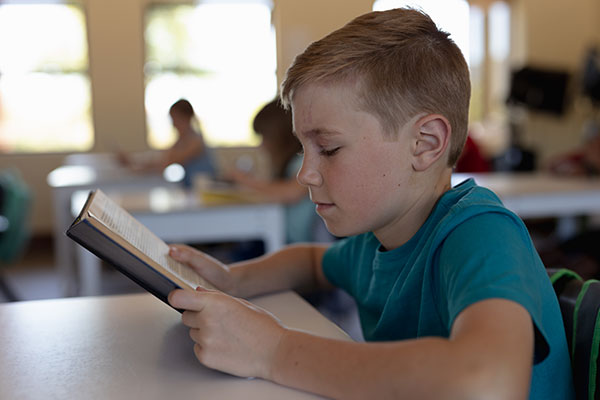
“Lack of clarity is the number one time waster. Always be asking, “What am I trying to do? How am I going to do it?” … You could even say that the three keys to high achievement are, “clarity, clarity, clarity,” with regard to your goals. Your success in life will be largely determined by how clear you are about what it is you really, really want.” (Brian Tracy)
Clarity
Clarity is the second of three Principal Priorities Framework components. Clarity is built on the underlying purpose that is a culmination of clear choices. According to Sullivan (2013), an organization clarifies its purpose by defining themselves through intentional choices and communicating those choices so that every member of the community knows the purpose and integrates it into their daily work.
Foundational Elements of Clarity
- Understanding—Staff and students know and understand goals and expectations. This goes beyond academic learning goals, valuing acceptable behaviors by setting clear expectations and consistent consequences. If behaviors are not addressed in a respectful and timely manner, students have less time to focus on and master academic goals (Hathaway, 2015).
- Communication—Immediate, actionable feedback loops, so that leaders, teachers, and students are all on the same page, can receive positive reinforcement and learn about areas to improve so that they can adjust. Quality, timely feedback can have enormous impact on learning and growth (Lynch, 2019).
- Assessment and Data—a comprehensive system that goes beyond standardized tests and includes the analysis of cultural and instructional practices and student learning. Various types of assessments are appropriate for different uses and at different times, therefore, we must employ a systematic combination of system-wide, teacher, student, and performance data, as well as observational data, anecdotal notes, survey and feedback loop information to guide our student development and the effectiveness of our work (Data Quality Campaign, 2014).
- Focus on Learning—Collaborative practices and Multi-Tiered Systems of Support (MTSS) create learning opportunities that stimulate self-direction, motivation, and efficacy to ensure student success. A well designed and implemented system ensures “a comprehensive continuum of evidence-based, systemic practices to support a rapid response to students’ needs, with regular observation to facilitate data-based instructional decision making.” (Massachusetts DOE, 2021)
- Collaboration—student learning and success is cultivated through collaborative practices and community goal setting. This can be achieved through complex activities that are challenging, engaging, stimulating, and multilayered, supported by “positive interdependence.” (Johnson, et al, 2008)
Hattie (2011) did a thorough meta analysis of educational research and concluded that teacher clarity in the classroom makes a tremendous difference in overall learning and student success. In order for teachers to model this, clarity needs to start with the full community. Principals can take the lead in ensuring and supporting clarity schoolwide.
Author Bios
Bonnie D. Houck is an experienced teacher, administrator, consultant, coach, author, speaker, and trainer who specializes in literacy leadership development and positive school change. Bonnie has authored books, journal articles, blogs, and webinars focused on literacy and leadership.
Tracy Frederick Corcoran serves as the Director of Teaching and Learning for a Twin Cities area school district. Tracy is an experienced teacher, instructional coach, curriculum coordinator, and AVID District Director, who enjoys providing professional development across the country.




